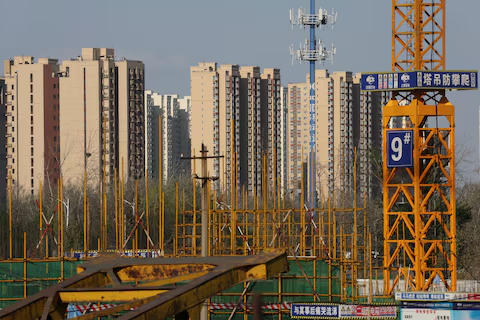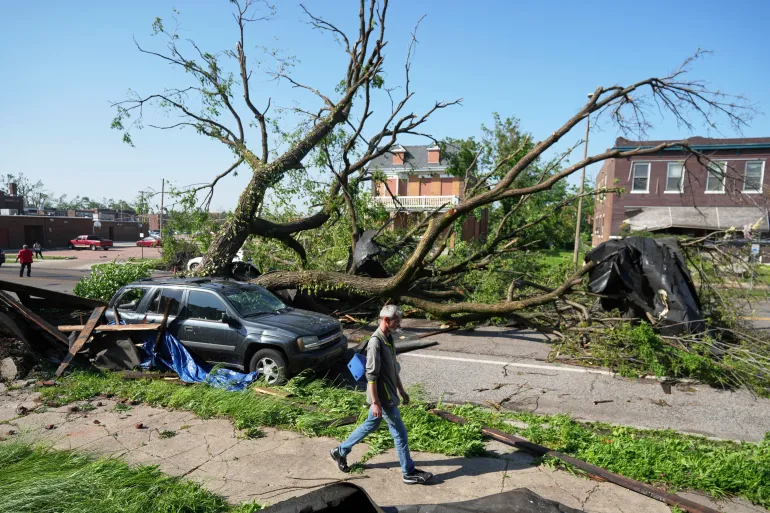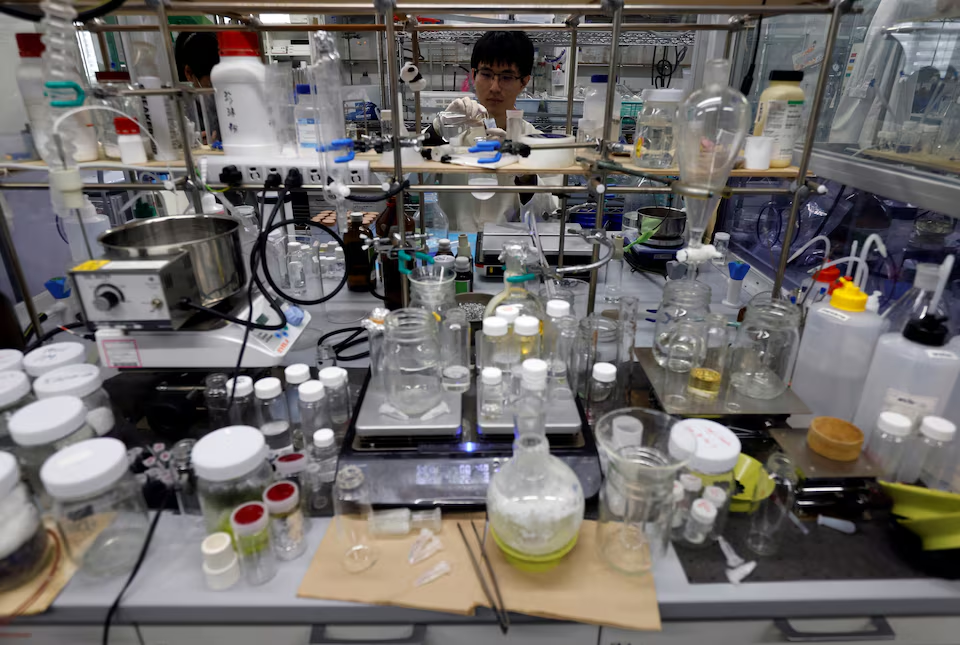China’s property sector remains mired in stagnation, with new home prices unchanged in April compared to March, highlighting the persistent lack of growth that has now extended nearly two full years. According to data released by the National Bureau of Statistics (NBS) on Sunday, the prolonged downturn underscores Beijing’s ongoing struggle to stabilize the troubled real estate market—a key pillar of the country’s economy.
The figures show that new home prices in 70 major cities stayed flat month-on-month in April, following a 0.1% decline in March. Year-on-year, prices fell 3.1%, matching March’s pace and marking the 21st consecutive month of decline or stagnation.
This continued weakness in China’s housing market comes despite a series of government efforts to inject liquidity, ease restrictions, and restore consumer confidence. Measures have included lower down-payment requirements, interest rate cuts, and support for cash-strapped developers—but analysts say these policies have yet to generate meaningful results.
“The lack of a turnaround in new home prices suggests the sector remains in deep distress,” said Zhang Dawei, chief analyst at Centaline Property Agency. “Buyers remain hesitant, and developers are still under financial pressure. Without stronger stimulus or structural reform, the malaise may continue.”
China’s property sector—once a powerful engine of economic growth—has been a drag on broader recovery efforts since 2021, when Beijing began tightening lending rules under its “three red lines” policy to reduce debt risks among real estate firms. The collapse of major developers like Evergrande and Country Garden sent shockwaves through the economy, sparking defaults, unfinished projects, and widespread loss of consumer confidence.
The April data shows that price declines were most pronounced in smaller cities and less developed regions, where inventory remains high and demand weak. In contrast, tier-1 cities such as Beijing and Shanghai showed relative stability but still failed to record growth.
Real estate investment also remains depressed. In the first four months of 2025, total investment in the sector dropped 9.8% year-on-year, while the floor space of new home sales declined 16.2%. Developers have significantly curtailed land purchases and construction activity, further signaling low expectations for near-term recovery.
The People’s Bank of China (PBOC) has so far resisted aggressive monetary stimulus, citing concerns about inflation and financial risk. However, there are growing calls from economists and local governments for a bolder response. Proposals include direct central government purchases of unsold inventory, expanded mortgage subsidies, and bailout packages for large developers still facing liquidity shortfalls.
“The current policy mix is too cautious to reverse the housing slump,” said Nie Wen, an economist at Hwabao Trust. “If the government wants to prevent a broader economic spillover, it must be more proactive in supporting both supply and demand.”
Meanwhile, the prolonged stagnation is weighing on consumer sentiment. Many potential buyers remain on the sidelines, worried about falling property values, delayed deliveries, and declining job prospects in the construction and real estate sectors. Household wealth in China is heavily tied to property, and stagnant or falling home prices threaten broader consumption recovery.
International investors are also watching closely, with China’s housing sector viewed as a bellwether for the country’s economic health. Any prolonged weakness could complicate Beijing’s efforts to meet its 2025 GDP growth target of around 5%.
With no clear rebound in sight, analysts warn that the government may soon face a stark choice: implement sweeping reforms to restructure the sector or double down on stimulus measures to prop up demand. For now, April’s unchanged home prices are the latest reminder that China’s property crisis is far from over.
Source: Reuters



